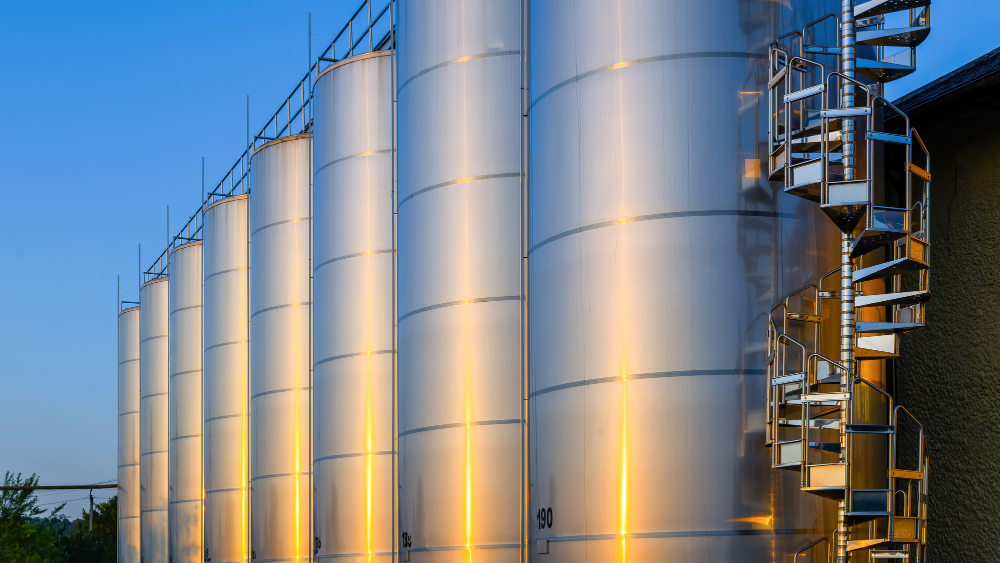As the world grapples with the challenges of climate change and the need for sustainable energy sources, biofuels have emerged as a promising alternative to traditional fossil fuels. Among these, cellulosic ethanol holds particular promise due to its potential to be derived from abundant and renewable feedstocks, such as agricultural residues, wood, and dedicated energy crops. However, the efficient production of cellulosic ethanol is contingent on various factors, and one critical aspect often overlooked is the role of pumps in the production process.
The role of pumps in cellulosic ethanol production is integral to the efficiency and success of the entire biofuel manufacturing process. Pumps are involved at various stages, each contributing to the smooth flow of materials, the efficient mixing of chemicals, and the optimization of conditions necessary for the conversion of biomass into high-quality ethanol.
The Basics of Cellulosic Ethanol Production
Cellulosic ethanol is a type of biofuel produced from cellulose; the complex carbohydrate found in plant cell walls. Unlike traditional ethanol production, which relies on easily fermentable sugars from food crops like corn and sugarcane, cellulosic ethanol is derived from non-food biomass. This distinction is crucial for addressing concerns related to food security and land use, making cellulosic ethanol a more sustainable option.
The production of cellulosic ethanol involves several key steps: biomass pretreatment, enzymatic hydrolysis, fermentation, and distillation. During the pretreatment stage, the biomass undergoes physical or chemical processes to break down the complex structure of cellulose, making it more accessible for subsequent enzymatic hydrolysis. Enzymes then break down cellulose into fermentable sugars, which are subsequently converted into ethanol through fermentation. Finally, the ethanol is separated and purified through distillation, resulting in a high-purity biofuel suitable for various applications.
The Role of Pumps in Cellulosic Ethanol Processing
Pumps play a critical role at various stages of the cellulosic ethanol production process, contributing to the overall efficiency and effectiveness of the biofuel manufacturing. The primary functions of pumps in cellulosic ethanol processing include biomass handling, pretreatment, enzymatic hydrolysis, fermentation, and distillation.
Biomass Handling:
At the beginning of the process, biomass feedstocks must be efficiently transported from storage to the pretreatment unit. Pumps are responsible for handling the transfer of biomass materials, ensuring a continuous and uniform flow. Efficient biomass handling is essential to prevent bottlenecks in the production line and optimize the use of resources.
Pretreatment:
Pumps are integral to the pretreatment stage, where they facilitate the transport and circulation of pretreatment chemicals. Proper mixing and distribution of these chemicals are crucial for breaking down the complex structure of cellulose, making it more amenable to enzymatic hydrolysis. Efficient pumps contribute to uniform treatment and help achieve optimal conditions for subsequent processing steps.
Enzymatic Hydrolysis:
During enzymatic hydrolysis, pumps are involved in the circulation of enzymes and the movement of liquids within the system. A well-designed pumping system ensures effective mixing of enzymes with the pretreated biomass, promoting the efficient conversion of cellulose into fermentable sugars. Pump efficiency directly influences the speed and completeness of this crucial bioconversion step.
Fermentation:
In the fermentation stage, pumps are responsible for the circulation of the fermentation broth, ensuring that microorganisms have access to nutrients and optimal conditions for ethanol production. Efficient pumps contribute to a well-mixed and homogeneous fermentation environment, promoting higher yields and faster production rates.
Distillation:
The final stage of cellulosic ethanol production involves distillation, where pumps are employed to separate and concentrate ethanol from the fermentation broth. Proper pump design and operation are essential for maintaining the required temperature and pressure conditions, optimizing the separation process, and achieving a high-purity ethanol product.
Challenges and Opportunities in Biofuel Pump Technology
While the importance of pump efficiency in cellulosic ethanol production is evident, there are challenges and opportunities associated with the current state of biofuel pump technology.
Corrosion and Wear Resistance: The aggressive nature of certain chemicals used in the pretreatment and enzymatic hydrolysis stages can lead to corrosion and wear of pump components. Developing pumps with enhanced corrosion and wear resistance is crucial to prolonging equipment lifespan and reducing maintenance requirements.
Material Compatibility: Pumps used in biofuel production must be compatible with the diverse range of biomass feedstocks and chemicals encountered throughout the process. Advancements in materials science can lead to the development of pump components that are resistant to corrosion, erosion, and degradation in the presence of various biomass substrates.
Energy Efficiency: Energy consumption is a significant factor in the overall operational cost of biofuel production. Improving the energy efficiency of pumps, through innovative designs and the use of advanced materials, can contribute to reducing the environmental footprint of cellulosic ethanol processing.
Precision Control: Achieving precise control over flow rates and conditions is essential for optimizing each stage of the biofuel production process. Pump technologies with advanced control systems and automation capabilities can enhance precision and allow for real-time adjustments, improving overall system efficiency.
Adaptability to Variable Feedstocks: The diversity of biomass feedstocks used in cellulosic ethanol production requires pumps to be adaptable to variations in material properties. Pump designs that accommodate different feedstock characteristics without compromising efficiency can enhance the flexibility of biofuel production systems.
In the quest for sustainable energy solutions, cellulosic ethanol stands out as a promising biofuel with the potential to revolutionize the transportation sector. However, the efficiency of cellulosic ethanol production is contingent on various factors, with pump efficiency playing a pivotal role in the overall process. From biomass handling to distillation, pumps contribute to the smooth and effective functioning of each stage, influencing production rates, yields, and operational costs.


Videos